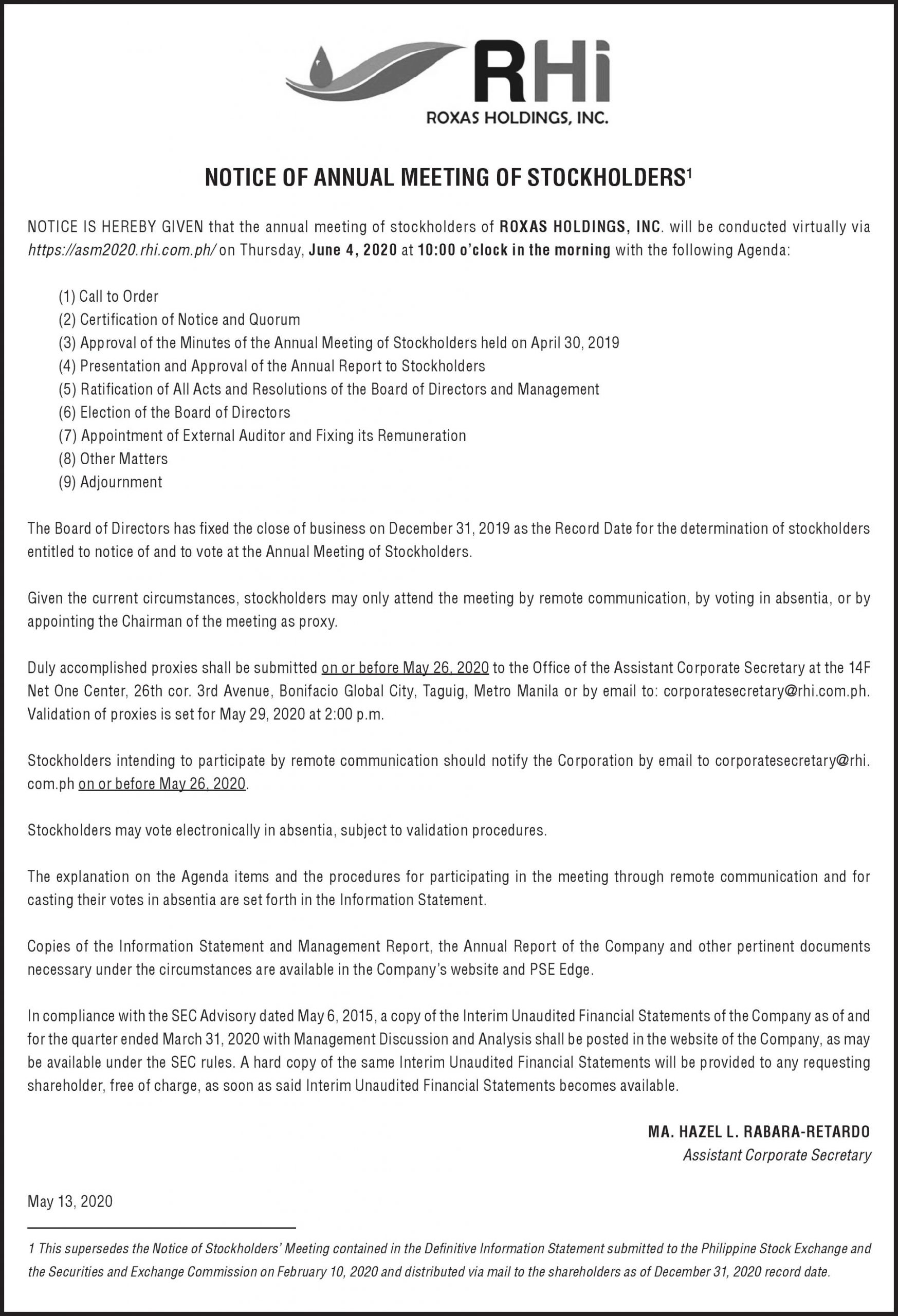Modified ECQ until May 31 for NCR, Laguna, Cebu City – Palace
By Argie C. Aguja
Senior Features Writer, The Philippine STAR
A “modified” enhanced community quarantine (MECQ) will be enforced over the entire National Capital Region (NCR), Laguna and Cebu City from May 16 to 31, Malacañang announced Tuesday, May 12.
President Rodrigo Duterte issued the order based on recommendations from the Inter-Agency Task Force for the Management of Emerging Infectious Diseases (IATF-EID) Resolution No. 35.
Modified ECQ for high-risk areas
In a televised press briefing, presidential spokesperson Harry Roque said that movement of people in NCR, Laguna and Cebu City, all considered as high-risk areas, will continue to be severely restricted under the “modified” ECQ.
People will be allowed to leave their homes only to buy food and other basic necessities and during emergencies. There will be limited transportation for essential goods and services. Existing rules on the closure of most establishments, suspension of school, work, and public transportation still apply.
Only employees of “indispensable” businesses will be allowed to report back to work. They will be mandated to show their IDs and proof of employment to be able to travel to and from their jobs. “The difference: we will resume the economy little by little, we will have operations in select manufacturing and processing plants up to a maximum of 50%,” Roque explains.
The NCR is the political and socioeconomic heart of the nation and is considered a hotspot of coronavirus infections. Of the 11,618 confirmed COVID-19 cases in the country as of May 13, more than 60% are in Metro Manila.
GCQ for moderate-risk areas
Meanwhile, a state of general community quarantine (GCQ) will remain in moderate-risk areas from May 16 to 31. Under the GCQ, people may enjoy limited movement to procure essential goods and go to work, as government offices and most businesses may resume partial operations with a maximum of 75% of their workforce. However, concerning leisure and entertainment establishments will still be closed.
Transportation services will be limited to government and those supporting private operations. Schools may open in limited capacity and engage flexible learning arrangements. The Department of Health (DoH) also urged the public to observe minimum public health standards in GCQ areas. Cities and provinces under the GCQ include:
– Region II – Batanes, Cagayan, Isabela, Nueva Vizcaya, Quirino, Santiago City
– Region III – Aurora, Bataan, Bulacan, Nueva Ecija, Pampanga, Tarlac, Zambales,Angeles City, Olongapo City
– Region IV-A – Cavite, Quezon, Rizal, Batangas
– Cordillera Administrative Region – Abra, Apayao, Benguet, Ifugao, Kalinga, MountainProvince, Baguio City
– Region VII – Bohol, Cebu, Negros Oriental, Siquijor, Mandaue City, Lapu-Lapu City
– Region IX – Zamboanga del Norte, Zamboanga del Sur, Zamboanga Sibugay,Zamboanga City, Isabela City
– Region XI – Davao City, Davao de Oro, Davao del Norte, Davao del Sur, DavaoOccidental, Davao Oriental
– Region XIII – Agusan del Norte, Agusan del Sur, Dinagat Islands, Surigao del Norte,Surigao del Sur, Butuan City
Modified GCQ for low-risk areas
For eight regions that are considered as low-risk, a “modified” GCQ will be put in place from May 16 to 31, according to a revised IATF decision announced by Interior and Local Government Secretary Eduardo Año on May 13.
“Kapag wala nang quarantine ay ine-expect na magkakaroon ng second or third wave. Kaya wala na tayongarea sa buong Pilipinas na hindi under ng community quarantine, iba-iba lang po ng level,” he explains.
Movement in areas under “modified” GCQ is more relaxed. Workers are allowed to report back to their jobs, even in non-essential industries provided they observe the minimum public health standards. Cities and provinces under the “modified” GCQ include:
– Region I – Ilocos Norte, Ilocos Sur, La Union, Pangasinan, Dagupan City
– Region IV-B – Marinduque, Occidental Mindoro, Oriental Mindoro, Romblon, Palawan, Puerto Princesa City
– Region V – Albay, Camarines Norte, Camarines Sur, Catanduanes, Masbate, Sorsogon, Legazpi City, Naga City
– Region VI – Aklan, Antique, Capiz, Guimaras, lloilo, Negros Occidental, Iloilo City,Bacolod City
– Region VIII – Biliran, Eastern Samar, Leyte, Northern Samar, Southern Leyte, Ormoc City, Tacloban City
– Region X – Bukidnon, Camiguin, Lanao del Norte, Misamis Occidental, MisamisOriental, Cagayan de Oro City
– Region XII – North Cotabato, South Cotabato, Sarangani, Sultan Kudarat, GeneralSantos City
– Bangasamoro Autonomous Region in Muslim Mindanao – Basilan, Lanao del Sur,Maguindanao, Sulu, Tawi-Tawi, Cotabato City
In all categories, the public is directed to wear face masks, observe proper social/physicaldistancing, constant handwashing and disinfecting to prevent the spread of coronavirus. As of May 13, the country recorded 11,618 confirmed COVID-19 cases, 772 deaths and 2,251 recoveries.


